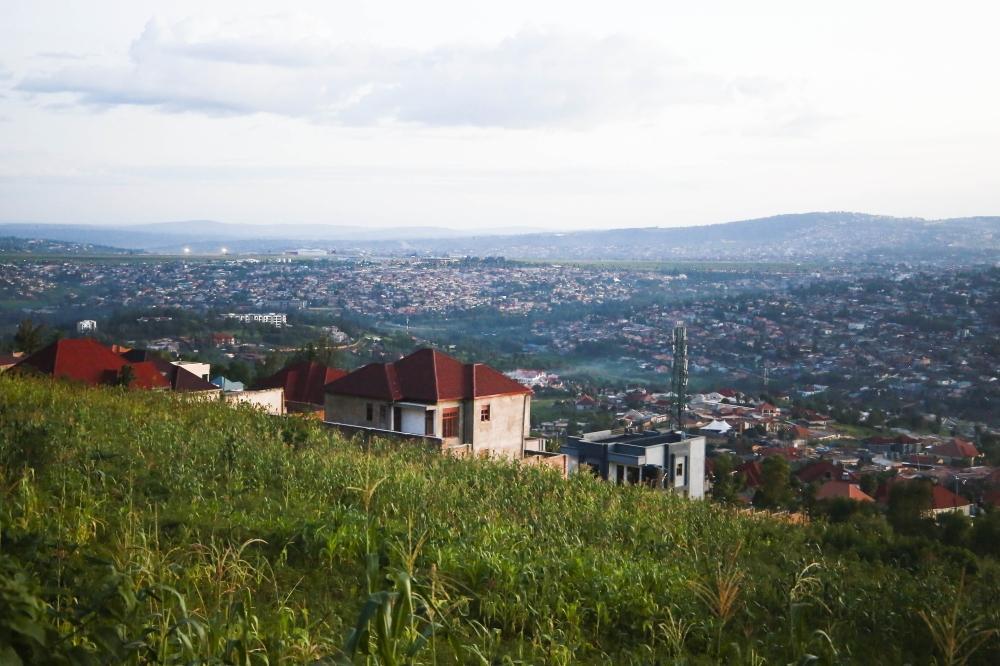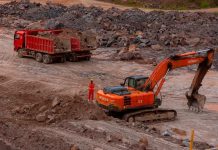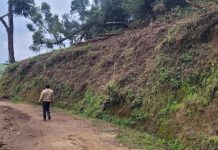Africa-Press – Rwanda. The National Land Authority (NLA) has announced that development fees for settlement sites [also referred to as physical plans] should range between Rwf200, 000 and Rwf450, 000 per plot.
Physical plans are well-planned and designed settlement sites equipped with infrastructure such as roads, drainage, electricity, and water facilities, recreational facilities, and amenities aimed at protecting the environment.
Once these physical plans or demarcated settlement sites with designed infrastructure are in place, property owners and developers can obtain construction permits.
Development fees for settlement sites are contributed by landowners with plots within the designated area.
The harmonisation of these fees forms part of new instructions on land readjustment for the elaboration and implementation of detailed settlement site plans in Rwanda.
“The contribution for site development depends on the area, but we calculated an average based on assessment of rates that were being used. With new instructions, the fees should range between Rwf200, 000 and Rwf450, 000 per plot,” Protais Mpayimana, Division Manager of Urban and Rural Planning at the NLA, told The New Times.
These contribution fees cover expenses related to studies, road construction, demarcation, and drainage systems.
“Depending on the specific characteristics of the area, if the total cost exceeds the prescribed amount, the site committee must obtain prior approval from the District or the City of Kigali,” the instructions clarify.
According to Article 45 of the new instructions, landowners must pay a site development fee for each reallocated plot, based on its size.
The amount is determined in accordance with the approved project study report and must be agreed upon by the landowners.
The fee is exclusively allocated to cover project-related expenses, including the cost of studies, new infrastructure, and compensation for affected valuable assets.
The site development fee is paid once for each reallocated plot and is a prerequisite for the issuance of a new land title and eligibility to access land and construction permitting services.
For initial plots with access to existing roads, a reduced contribution applies.
This is calculated based on the cost of additional infrastructure as outlined in the project study report and shall not exceed one-third of the standard site development fee per plot.
“The new instructions introduce changes to the formation and functioning of site committees, including the inclusion of one of the ten largest land parcel owners within the site as a committee member. In addition to the settlement development site committee established at cell level, there is also a Financial Audit Committee at site level to oversee the use of financial resources,” Mpayimana added.
The site committee is responsible for issuing clearance to landowners who have paid the development fees, which is required to apply for a construction permit for any parcel located within an officially recognised site.
Physical Planning Technical Team
A physical planning technical team, comprising a multidisciplinary group of staff appointed by the City of Kigali or a District is tasked with developing, reviewing, implementing, and monitoring physical planning projects to guide the sustainable use and management of land and resources.
This team ensures that planning processes align with regulatory frameworks, environmental considerations, and the socio-economic needs of the community or region.
According to Eng. Emmanuel Nsengiyumva, owner of ACES Ltd, a company specialising in architectural design and building project execution, the team should also supervise the operations and decisions of settlement development site committees at cell level.
“This is crucial because site committees at cell level have been given powers but often fail to resolve issues related to settlement site development. As a developer, I have three cases where landowners could not agree on pooling their plots for site development, and the committee failed to resolve them. Even when one landowner appealed to the city, they were referred back to the cell-level committee. The powers of site committees should be clearly defined,” he explained.
Regarding the site development contribution fees, he reiterated the need for harmonisation.
“In one area, a plot could be charged Rwf700,000 or Rwf600,000, while in others it might be Rwf300,000, despite the land value being the same. Some site committees may have colluded with contractors to inflate charges,” he said.
He also noted that while landowners contribute fees, in some cases only unpaved roads are constructed, with additional infrastructure costs borne by the landowners.
“The contributed fees should ensure the establishment of roads, electricity poles, drainage systems, and other essential infrastructure,” he stressed.
Diane Muhawenimana, a resident of Akubugingo Cell in Muyumbu Sector, Rwamagana District, said housing costs are expected to rise, as no new permit can be issued without a rainwater harvesting tank.
“A five-cubic-metre tank costs around Rwf400,000. Larger projects require tanks with greater capacity,” she noted.
The new instructions mandate the establishment of systems for rainwater collection and proper drainage to prevent flooding and landslides.
They also call for the provision of open spaces and recreational areas, while ensuring the protection of steep slopes, wetlands, and zones prone to natural disasters.
The instructions also recommend tree planting along roads and site boundaries, the implementation of effective waste management practices, and the safeguarding of sites with historical, cultural, or biodiversity significance.
For More News And Analysis About Rwanda Follow Africa-Press






